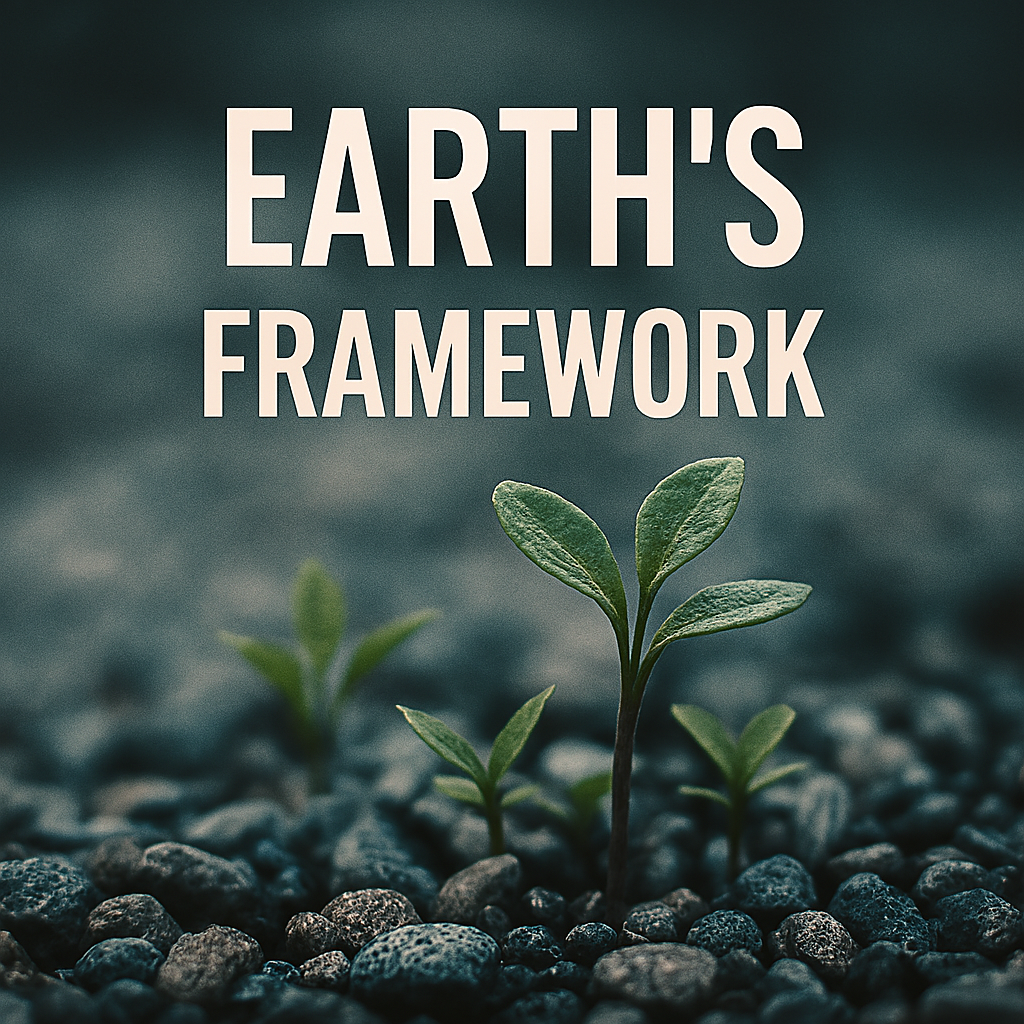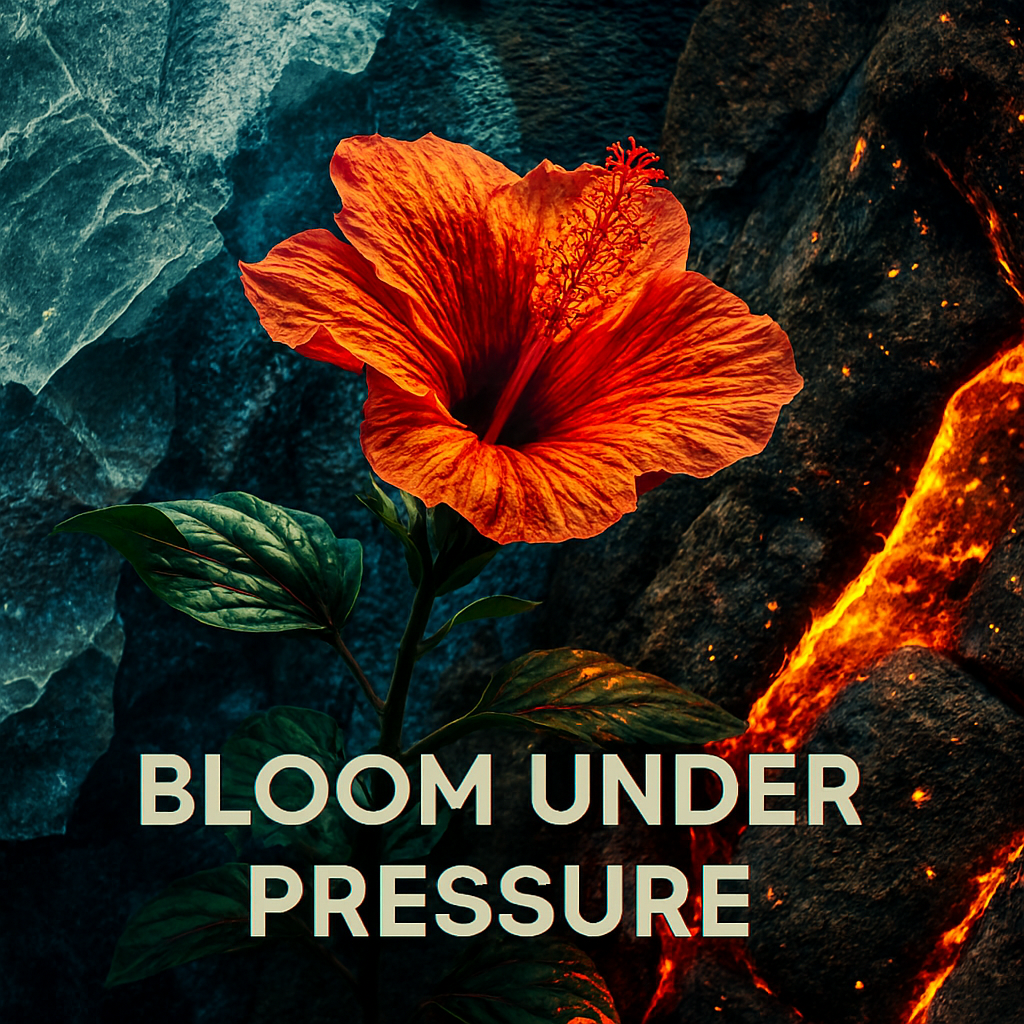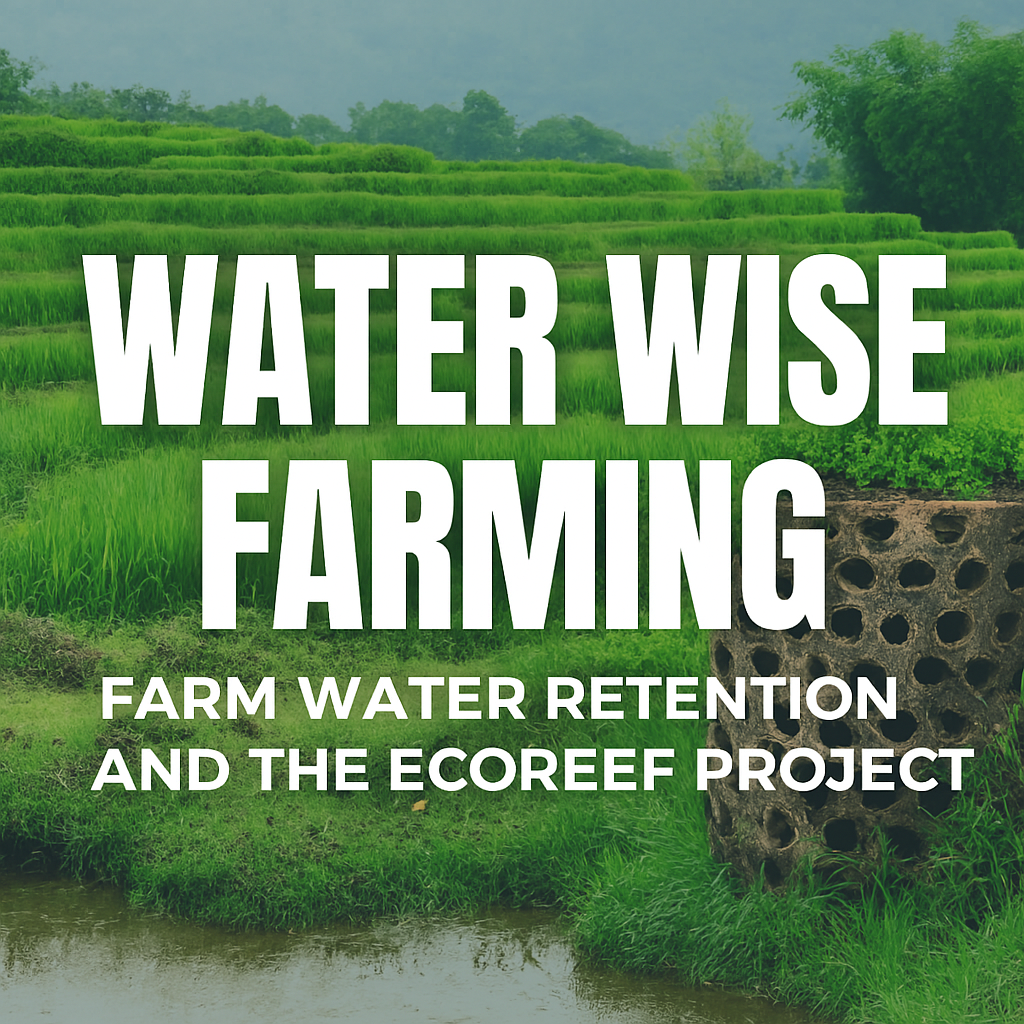EcoReefs in Rivers
Reimagining River Restoration with EcoReefs
EcoReefs in rivers act as regenerative scaffolds for aquatic and riparian recovery. They are designed to harmonize with the dynamic flow of freshwater systems. Unlike concrete barriers or synthetic interventions, EcoReefs dissolve into the landscape. Their modular design allows for flexible placement along banks, bends, and floodplains. Each unit supports biodiversity, sediment stability, and water quality. The reefs mimic natural formations like log jams, gravel bars, and root tangles. They invite fish, insects, and amphibians to shelter and spawn. Over time, vegetation colonizes the reef, anchoring it in place. EcoReefs restore ecological rhythm without disrupting hydrological cycles. They are tools of healing, not control.
River Restoration
Materials Tailored for River Environments
River-based EcoReefs use materials adapted to freshwater conditions. These include untreated hardwood, river stones, coconut coir, and woven jute. The binders are plant-based and designed to degrade slowly in flowing water. Each component is selected for its ability to resist washout while supporting life. Stones provide ballast and microhabitats for invertebrates. Wood forms cavities and shade for fish and frogs. Coir and jute retain moisture and support root establishment. The materials are non-toxic and compatible with riverine microbial communities. Their texture encourages colonization by algae and moss. EcoReefs become part of the river’s living infrastructure.
Table – River-Compatible Materials and Their Functions
| Material | Function in River Setting | Degradation Time | Ecological Role |
|---|---|---|---|
| River Stones | Anchoring and habitat | Permanent | Shelter for invertebrates |
| Hardwood Logs | Structure and shade | 24–36 months | Fish refuge and spawning |
| Coconut Coir | Moisture retention | 12–18 months | Root support |
| Woven Jute | Soil stabilization | 6–12 months | Erosion control |
Stabilizing Riverbanks and Preventing Erosion
EcoReefs are strategically placed to stabilize vulnerable riverbanks. Their structure slows water velocity near the edges, reducing erosion. Roots from native plants penetrate the reef and bind soil particles. Over time, the reef becomes a vegetated buffer zone. This protects farmland, infrastructure, and habitats from flood damage. The reefs also trap sediment, improving water clarity downstream. In braided rivers, they help define stable channels. Their presence reduces the need for artificial riprap or concrete reinforcements. EcoReefs offer a soft engineering solution with long-term ecological benefits. They restore the river’s edge as a living boundary.
Building Riverbanks And River Restoration Ecosystems
Supporting Aquatic Biodiversity
EcoReefs create microhabitats for a wide range of river species. Fish use the shaded cavities for shelter and spawning. Frogs and turtles bask on exposed surfaces and lay eggs in protected zones. Insects colonize the reef, forming the base of the food web. Algae and mosses grow on the reef’s surface, feeding grazers and filter feeders. The reefs attract birds, mammals, and reptiles to the water’s edge. Biodiversity increases as the reef matures and integrates. Native species return to areas once degraded or channelized. EcoReefs become biodiversity hotspots in linear river corridors. Their impact ripples through the entire watershed.
Table – River Species Supported by EcoReefs
| Species Group | Habitat Provided by EcoReef | Ecological Function | Example Species |
|---|---|---|---|
| Fish | Shade, spawning cavities | Nutrient cycling | Murray cod, perch |
| Amphibians | Moist shelter, egg-laying zones | Pest control | Eastern banjo frog |
| Insects | Algae-rich surfaces | Pollination, decomposition | Mayflies, dragonflies |
| Birds | Perching and feeding zones | Seed dispersal | Kingfishers, herons |
Enhancing Water Quality and Flow Dynamics
EcoReefs improve water quality by filtering and stabilizing sediment. Their porous design slows turbulent flow, allowing particles to settle. This reduces downstream turbidity and supports aquatic plant growth. The reefs also trap organic matter, feeding microbial communities. As vegetation grows, roots absorb excess nutrients like nitrogen and phosphorus. This helps prevent algal blooms and eutrophication. In flood-prone areas, EcoReefs buffer peak flows and reduce scouring. Their placement can redirect flow to restore natural meanders. The result is a cleaner, more stable river system. EcoReefs restore balance between flow and form.
Community Engagement in River Restoration
River-based EcoReef projects often involve local communities. Volunteers help build and install reef units along degraded banks. Educational programs teach students about river ecology and restoration. Citizen scientists monitor water quality and species return. Cultural groups contribute stories and rituals to reef sites. Public art and signage explain the ecological purpose of each installation. Community ownership fosters long-term stewardship. The reefs become gathering places for learning and celebration. Restoration becomes a shared experience, not a distant policy. EcoReefs reconnect people to their rivers.
Table – Community Roles in River EcoReef Projects
| Role Type | Activity Involved | Impact on Project | Example Participants |
|---|---|---|---|
| Volunteers | Reef construction and placement | Labor and local knowledge | Landcare groups, schools |
| Educators | Curriculum integration | Youth engagement | Teachers, rangers |
| Artists | Visual storytelling | Emotional resonance | Muralists, sculptors |
| Elders | Cultural guidance | Ethical grounding | Indigenous leaders |
Monitoring River Health Post-Deployment
Monitoring is essential to track EcoReef impact in rivers. Teams measure water clarity, species diversity, and bank stability. Drones and sensors provide real-time data on flow and vegetation. Citizen scientists contribute observations through mobile apps. Adaptive feedback informs future reef designs and placements. If erosion persists, reef density is increased. If colonization is slow, materials are adjusted. Monitoring builds trust with stakeholders and funders. It also creates a living archive of ecological recovery. EcoReefs become part of a transparent, data-driven restoration strategy.
Symbolic and Editorial Resonance in River Contexts
In rivers, EcoReefs symbolize flow, resilience, and renewal. Their presence tells a story of healing after degradation. Editorial campaigns use reef imagery to evoke trust and transformation. The river becomes a metaphor for emotional and ecological recovery. EcoReefs offer visual anchors for storytelling, signage, and education. Their biodegradable nature mirrors the impermanence of intervention. They remind us that restoration is a process, not a product. In editorial layouts, reefs provide texture, rhythm, and symbolic depth. They invite reflection, participation, and hope. EcoReefs make rivers readable again.
Applications in Urban and Rural River Systems
EcoReefs adapt to both urban creeks and rural rivers. In cities, they soften hard edges and restore forgotten waterways. On farms, they buffer runoff and rebuild riparian zones. In parks, they create habitats and educational spaces. Their modularity allows for integration into green infrastructure. Stormwater channels, bioswales, and retention ponds can host reef units. In rural areas, they support rewilding and regenerative agriculture. Their presence reduces the need for synthetic erosion control. EcoReefs bridge the gap between ecological science and everyday landscapes. They make river restoration visible, tactile, and participatory.
Future Innovations for River EcoReefs
Research is underway to enhance EcoReefs for river dynamics. Mycelium-based binders may improve structural integrity in fast flows. Algae-infused fibers could accelerate colonization and nutrient cycling. AI mapping helps identify optimal reef placement zones. Sensor-embedded reefs may monitor flow, temperature, and biodiversity. Seed capsules could be embedded to support riparian vegetation. Collaborations with universities and indigenous groups shape new prototypes. Biochar integration shows promise for carbon sequestration. Future reefs may include modular extensions for flood resilience. Innovation remains grounded in simplicity and symbolic clarity. EcoReefs evolve with the river.

Long-Term Vision for River Restoration
The long-term vision is a network of EcoReefs across watersheds. These reefs form corridors of biodiversity and resilience. They reconnect fragmented habitats and restore ecological memory. Stewardship is built into every phase—from design to decomposition. Communities become caretakers of their rivers. Over decades, EcoReefs may reverse biodiversity loss and sediment degradation. Their legacy is measured in roots, relationships, and renewal. The river becomes a living archive of restoration. EcoReefs are not the end—they are the beginning of a new ecological narrative. One that flows with clarity, resonance, and hope.
EcoReefs as Living River Modules
EcoReefs in rivers function as modular units of ecological storytelling. Each reef becomes a chapter in the river’s recovery narrative. Their placement marks a shift from intervention to invitation. Rather than forcing change, they create conditions for life to return. These modules are designed to dissolve, leaving behind roots and relationships. Editorially, they offer visual rhythm and symbolic depth. Their textures—wood, stone, fiber—mirror the river’s own language. As they biodegrade, they reveal the resilience of natural systems. EcoReefs are not static—they evolve with the river’s flow. They embody the principle that restoration is a living, breathing process.
How EcoReefs Respond to River Rhythms
EcoReefs are designed to adapt to seasonal changes in river flow. During dry months, they retain moisture and support riparian vegetation. In flood seasons, their structure buffers high-energy flows and prevents bank collapse. The materials expand and contract with temperature and humidity shifts. Algae and mosses respond to light cycles, creating seasonal food sources. Fish and amphibians use the reefs differently depending on water levels. EcoReefs do not resist the river—they move with it. Their placement considers seasonal flood maps and historical flow data. This sensitivity ensures longevity and ecological harmony. EcoReefs become part of the river’s seasonal choreography.
Emotional Resonance and Public Memory
EcoReefs as Symbols of Collective Healing
EcoReefs evoke emotional responses in communities recovering from environmental loss. Their presence offers a visual and tactile symbol of renewal. People gather at reef sites to reflect, celebrate, and reconnect with nature. Public memory is shaped by these shared experiences. EcoReefs become landmarks in local storytelling and ecological identity. They are often featured in community art, photography, and oral histories. Emotional resonance increases stewardship and long-term care. The reefs remind us that healing is possible, even after degradation. They transform grief into action and despair into hope. EcoReefs restore not just rivers—but relationships.
Policy Integration and Watershed Planning
Embedding EcoReefs into River Management Frameworks
EcoReefs can be integrated into local, regional, and national river restoration policies. Their low-impact design aligns with nature-based solutions and climate resilience strategies. Councils and water authorities use reef modules in flood mitigation plans. EcoReefs support biodiversity targets and water quality benchmarks. Their deployment can be mapped into catchment management zones. Policy frameworks benefit from the reef’s modularity and community engagement potential. Funding models often include citizen science and educational components. EcoReefs offer measurable ecological outcomes with symbolic value. Their presence strengthens policy narratives around regeneration. They turn abstract goals into visible, living infrastructure.
Multisensory Design and Accessibility
Making River Restoration Tangible and Inclusive
EcoReefs are designed to engage multiple senses—sight, touch, sound, and even smell. Their textures invite tactile exploration by children and adults alike. The sound of water flowing through reef cavities creates calming acoustic environments. Mosses and native flowers add scent and color to the river’s edge. Signage and QR codes provide auditory and visual storytelling. Accessible pathways and viewing platforms ensure inclusivity for all visitors. EcoReefs become sensory anchors in urban and rural river trails. They support neurodiverse engagement and therapeutic experiences. Restoration becomes not just visible—but felt. EcoReefs make ecological recovery emotionally and physically accessible.
Intergenerational EcoReefs
EcoReefs as Living Gifts to Future Generations
EcoReefs leave behind more than restored ecosystems—they leave cultural legacies. Children who help build reefs grow up with ecological empathy. Elders pass down stories of river healing and community resilience. The reefs become intergenerational symbols of care and continuity. Schools revisit reef sites year after year, tracking growth and change. Artists document reef evolution through sculpture, film, and poetry. EcoReefs embed themselves in local rituals and seasonal festivals. Their presence shapes future land and water ethics. Restoration becomes a shared inheritance, not a temporary fix. EcoReefs are gifts that dissolve—but never disappear. They root memory into place.
River Resonance
EcoReefs restore more than ecosystems—they restore meaning. In rivers, they reconnect flow with form, biology with story. Their presence invites communities to witness and participate in regeneration. They offer a counter-narrative to hard infrastructure and synthetic fixes. Each reef is a gesture of humility and hope. It says: we trust the river to heal, if we listen and support. EcoReefs dissolve, but their impact remains—in roots, species, and stories. They turn degraded channels into living corridors. The river becomes readable again, emotionally and ecologically. EcoReefs are not the end—they are the beginning of a new flow.













Leave a Reply